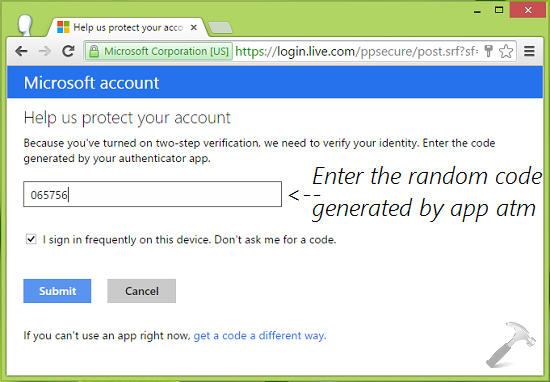


Then restart your Mac, download the app again and this time, right-click on it and select Open. You can also uninstall the problematic app that got the CoreServicesUIAgent verifying window to hang around on the screen.

Click on Open, and check if you can launch the app normally. Your Mac should display a verification progress bar, and then the second Open button should be available. One way to skip the verifying dialog window is to simply right-click on the app and select Open. ⇒ Note: Use the solutions below only if you’re positive the apps you’re trying to run are safe. Make sure to install the latest macOS updates so that you can benefit from the latest security updates and help your device successfully fight off malware. Well, that stubborn CoreServicesUIAgent verifying window may indicate the respective app is ridden with malware.

If you’re like me, you probably wait a couple of weeks before installing the latest macOS version on your machine. If they do, let them clean the threats out of your Mac. Check if these two tools detect anything suspicious. After you force quit the problematic app, run the free Malwarebytes anti-malware tool and the free EtreCheck tool. Prevention is always better than cure, so treat that stubborn “ CoreServicesUIAgent is verifying the app” alert as an indicator for a potential malware snare. You can go straight to the next step or restart your Mac to make sure all the temporary files associated with that problematic app get flushed out of the system. The Activity Monitor is your best friend when it comes to killing pesky apps or processes that refuse to close. Alternatively, navigate to Applications, select Utilities, launch the Activity Monitor and force quit both the app and the CoreServicesUIAgent. Press and hold the Option + Command + Escape keys to force the problematic app to quit.


 0 kommentar(er)
0 kommentar(er)
